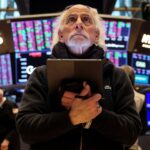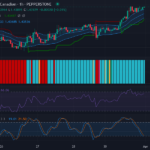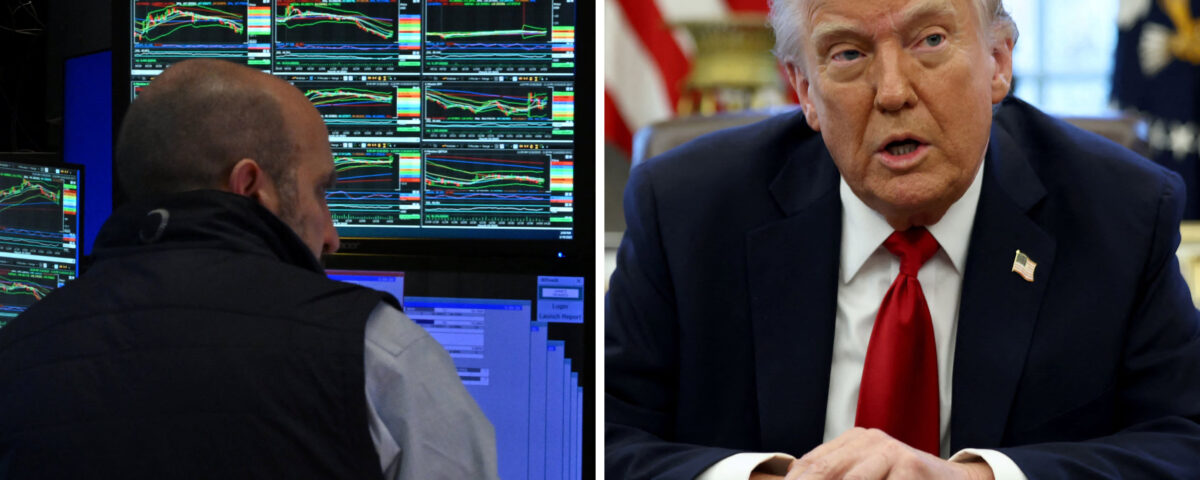
Hedge Funds Embrace Defensive Strategies Amid Economic Turmoil
Tháng 3 31, 2025
Bullish Prospects for US Dollar vs Canadian Dollar Pair Amid Overbought Concerns – 01/04/2025
Tháng 3 31, 2025Understanding Peak Uncertainty: The Implications of Trump’s Tariffs on Markets
The shifting landscape of U.S. trade policy, particularly in light of President Trump’s tariffs, suggests that we may be reaching a pivotal moment in economic clarity. Analysts are honing in on a phenomenon referred to as “peak uncertainty,” which indicates that recent developments might signal an upcoming transition for markets. This blog post will explore key factors contributing to this uncertainty, its potential impacts on various sectors, and insights into the forthcoming announcements that could alter the economic outlook.
Analyzing the Tariff Landscape
Evercore ISI, a respected institution in market analysis, has noted that upcoming clarifications regarding tariffs could represent a peak in current market uncertainty. As the fog begins to lift, investors and consumers alike may anticipate improved conditions. The prevailing weighted average U.S. tariff rate is estimated between 9% and 12%, suggesting that import costs could significantly surge, leading to notable consumer inflation. Overall, this could have profound implications for economic activity, necessitating careful consideration by businesses and individual consumers facing rising costs.
One of the most contentious developments has been Trump’s announcement regarding a 25% tariff on imported vehicles and parts. Such a drastic measure is anticipated to usher in disruptive changes for the auto sector, which is already grappling with shifting consumer preferences and evolving technologies. The resultant market volatility within this sector could ripple through related industries, affecting everything from manufacturing to retail, as companies grapple with increased operational costs. For context on international dynamics, read more about strategic moves by China in this blog on EA Trading.
Market Volatility and Economic Outlook
The stock market, particularly indices like the S&P 500, has demonstrated increased volatility in the wake of tariff announcements. Investors have been compelled to closely monitor the fluid situation, as fluctuations are likely to continue based on the specifics of the tariffs and any retaliatory actions taken by trading partners. Economic forecasts have not been immune to these uncertainties; while most economists do not expect an outright recession, there is a growing consensus about a potential slowdown in economic activity. Predictions have gradually shifted downwards, reflecting the evolving understanding of how tariffs could reshape interstate trade and consumer spending.
April 2 could prove crucial, with expectations of an announcement from the Trump administration providing more detailed guidance on the tariffs. This clarification has the potential to alleviate some anxieties currently plaguing the market; yet it also carries the risk of igniting further turbulence. Should the announcement provoke retaliatory measures from other countries, it would add another layer of complexity to an already delicate situation.
The Road Ahead: Navigating Uncertainty
As we stand on the cusp of potentially transformative announcements regarding tariffs, the overall market remains highly uncertain and susceptible to volatility. While a clear direction may seem imminent, the broader consequences of these trade policies are intricate and far-reaching. Stakeholders across various sectors must remain vigilant and adaptable, ready to respond to changing conditions in a landscape characterized by peak uncertainty. Only by embracing a proactive approach can businesses and investors hope to navigate these turbulent waters with resilience and insight.
In summary, while the anticipation of clear tariff guidance is palpable, the complexities and potential repercussions suggest that we are in for a bumpy ride in the near future.

